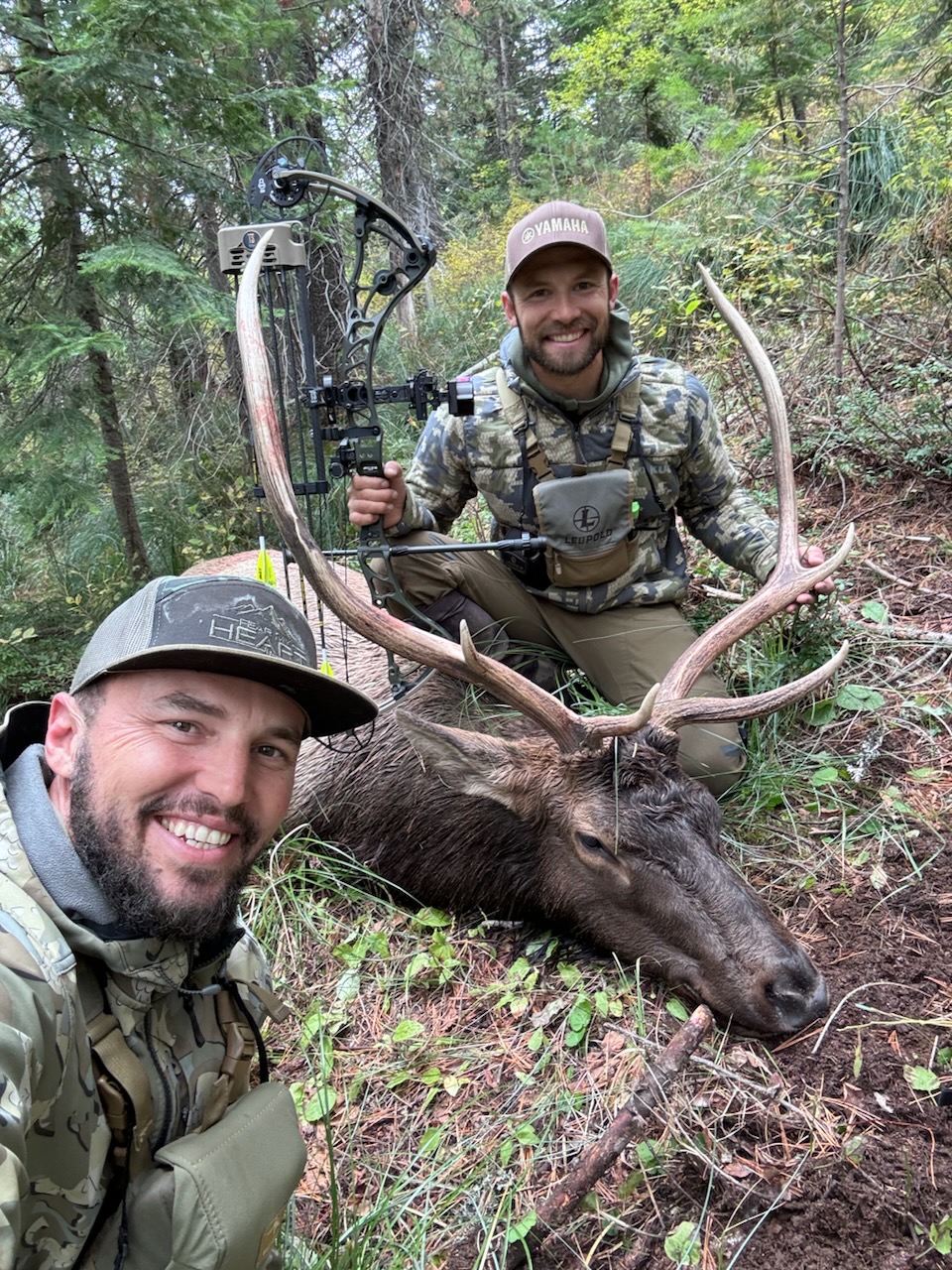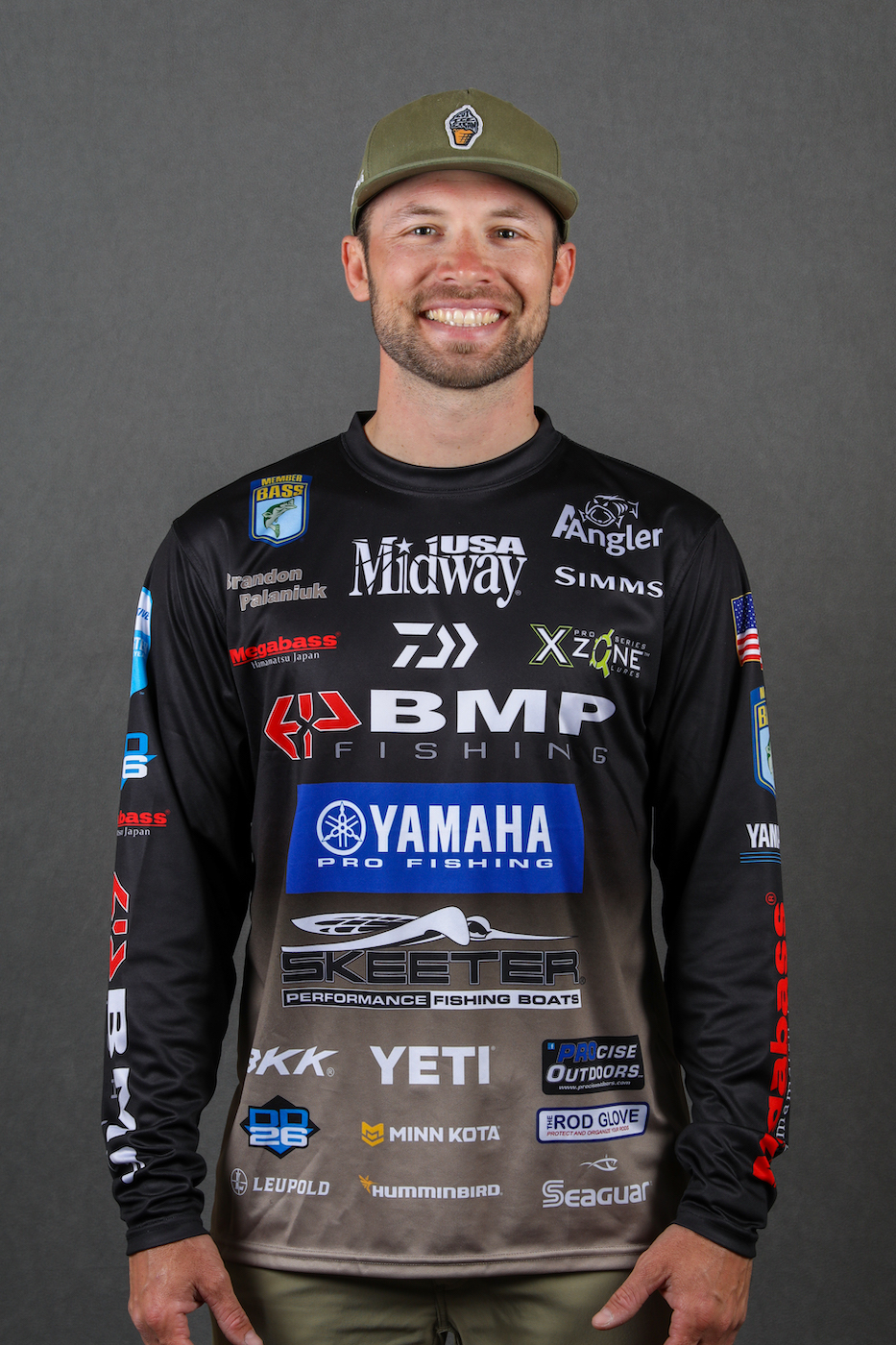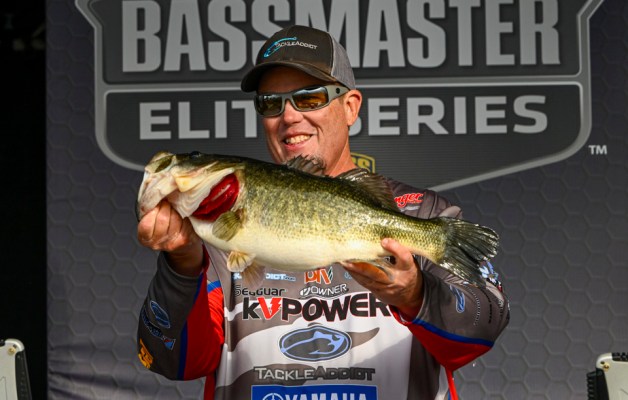
I’ve often said when it comes to outdoor activities, water has my heart, but the mountains have my soul.
I’m glad I don’t have to choose between fishing and hunting because both of them are very dear to me. Having time for one helps me when it comes time for the other.
Of course, there are some similarities: Both involve the pursuit of a living creature, and in both I benefit from my understanding of how to read and evaluate contour lines.
At the same time, there are some major differences. Most notable is how incredibly physical hunting can be. When you’re elk hunting on public land, there’s no easy way to earn it. Sure, someone occasionally gets lucky, but the person who puts in the most work generally gets the greatest rewards. You have to put boots on the ground and practice your shots.
Chasing them with a bow takes it to another level altogether. You have to get much closer to the elk, which requires playing the wind and choosing the right contours.
All of the incredible amount of focus elk hunting demands brings me mental clarity. You can’t let up for one second, or make one misstep or one wrong decision. That inevitably leads to failure. It’s also why the successes are so remarkably rewarding. When I get home from a successful hunt, like the one that I just concluded, I feel rejuvenated.
There’s also a sense of relief. The meat from the elk I shot will stock our freezer for our year on tour. In fact, when we hit the road in January we’ll barely be able to shut the freezer door. It enables us to maintain a healthy and cost-effective lifestyle on the road. I don’t take that responsibility lightly.
One of the other great things about hunting is I get to spend so much time with Carl, who is my best friend. We compete against each other all year on the road, so while there’s some friendly banter in the offseason, we ultimately take joy in one another’s success. He had a great hunt this year too, and I got to share that with him.
Of course, while we put in substantial effort once the Bassmaster Elite Series season ends, it often feels like we’re behind the 8-ball from the start. If I was home in July and August, I’d be packing into likely areas, trying to figure out where the big bulls live and the roads they travel. We’re usually all the way across the country in full tournament swing during those months, so I simply can’t scout as much as I’d like.
Fortunately, I feel my time on the water helps me become a better and more passionate hunter. In some respects, it’s no different than going back to a familiar lake like Guntersville or Champlain – I use history to guide my efforts but not as a rigid guardrail.
There are also similarities when it comes to mapping; my use of Humminbird LakeMaster translates well to my use of onX maps in the mountains. I use the latter to figure out likely travel lanes, timbered areas where the elk will bed, and if we’ve had a dry summer, I want to locate places with easy access to water. It keeps my mind active and supple, and the crossover benefits both pursuits.





